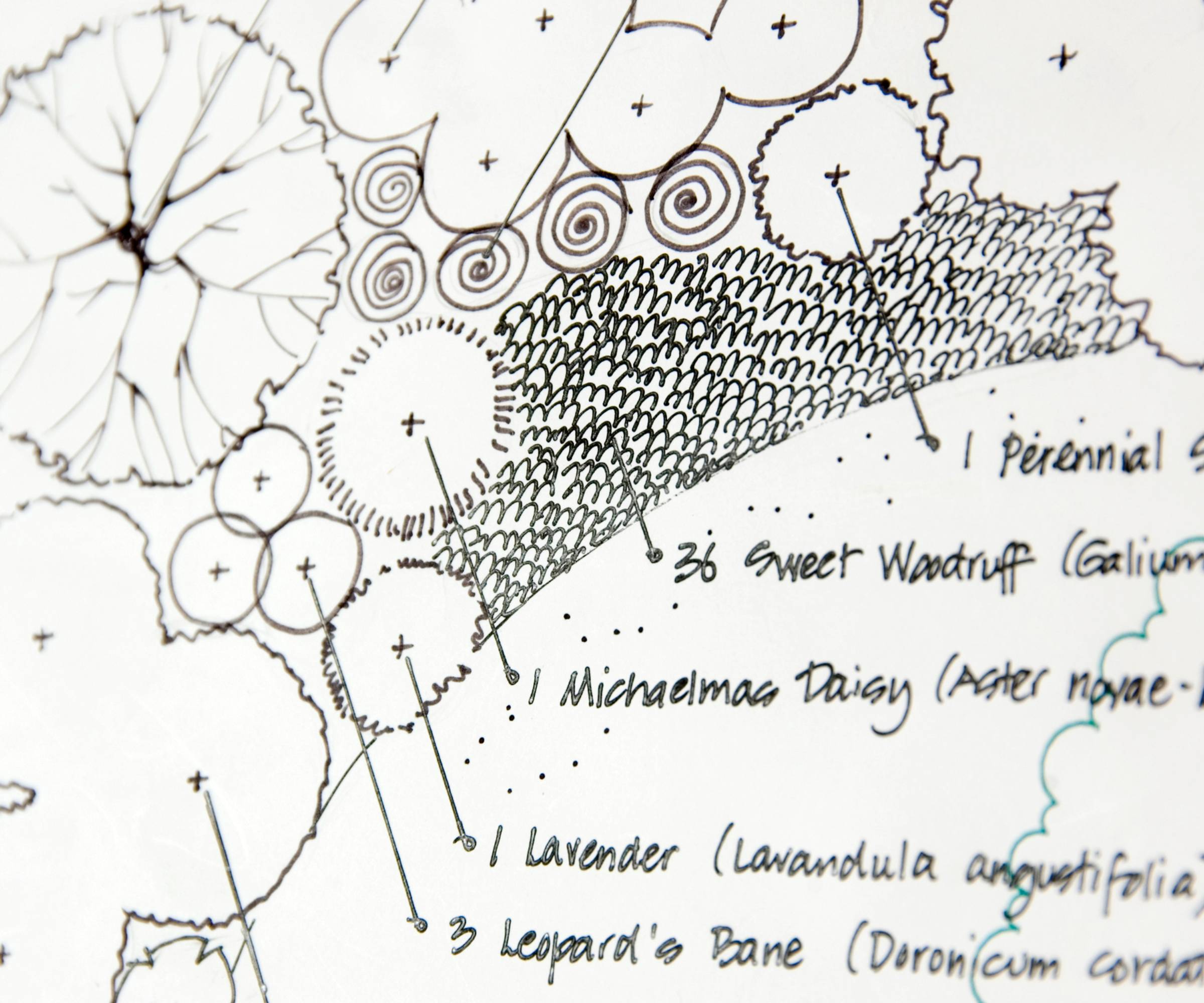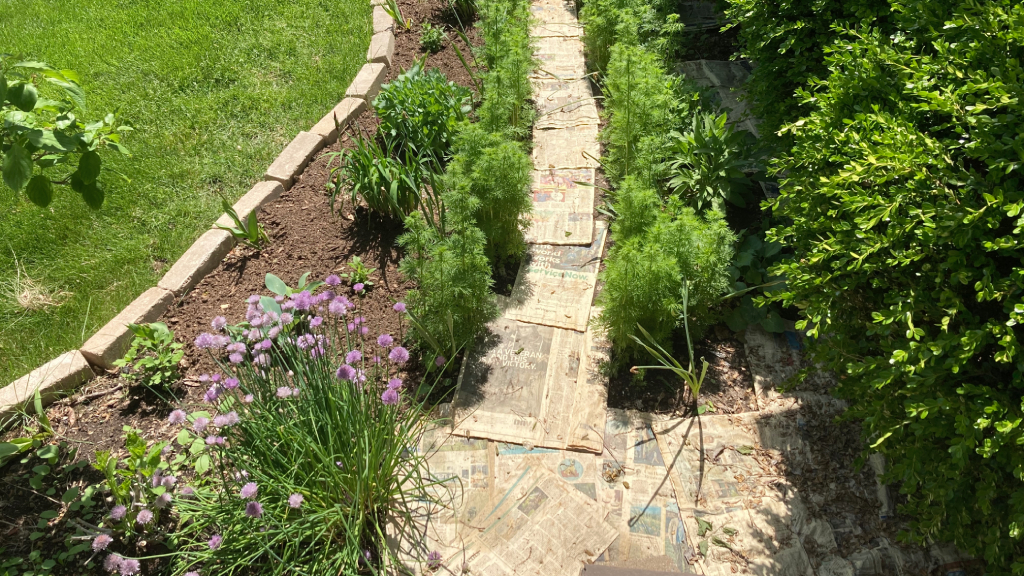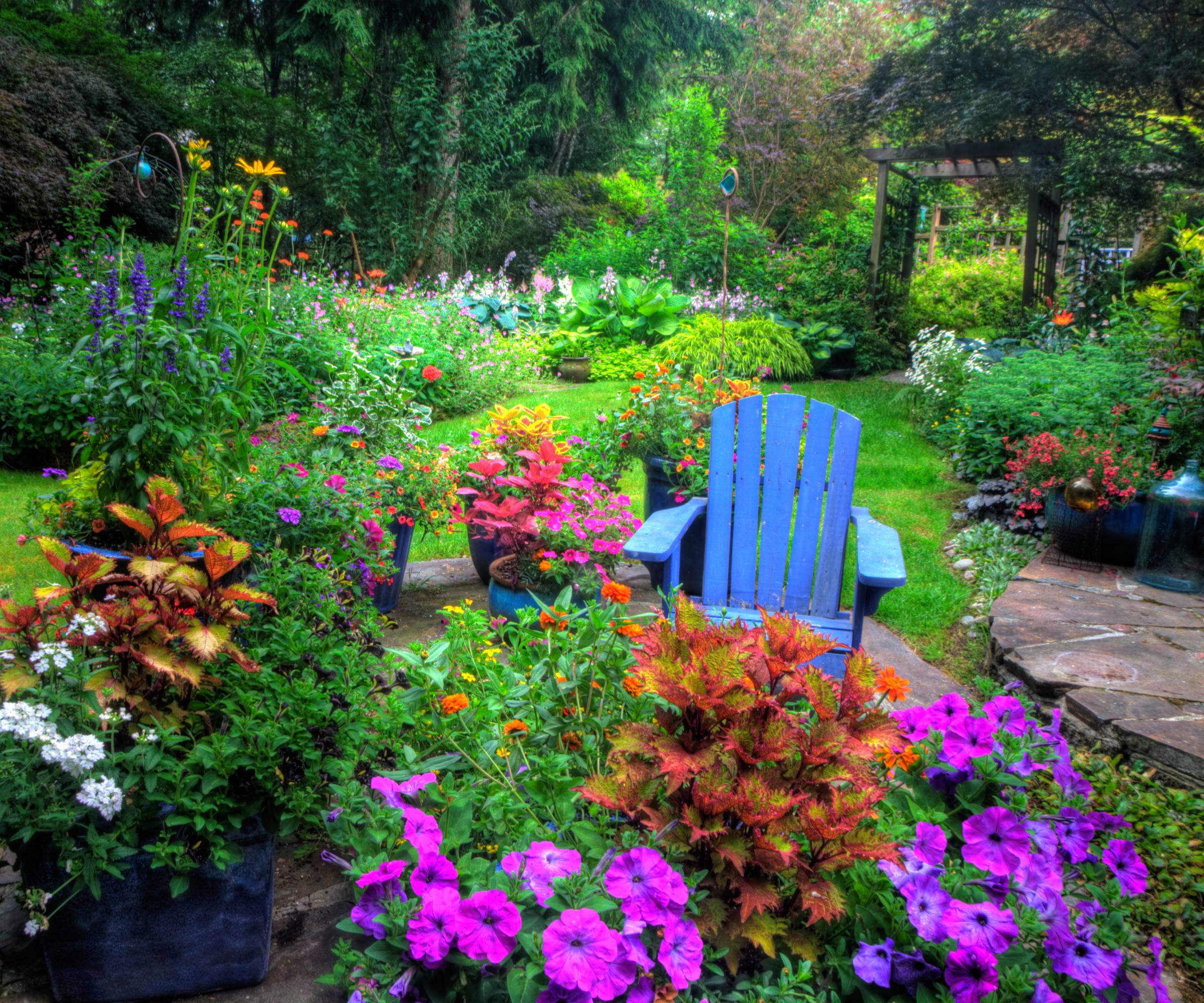Create A Garden Bed From Scratch: How To Start A Flower Bed The Easy Way
Learn how to make a new flower bed in your yard for color all season long!


Healthy flower beds serve as the backbone to most any garden. The use of these beds is an easy way to diversify the landscape, attract pollinators, and enhance the overall beauty of a space. Though new growers may initially see their creation as daunting, the process of preparing new garden beds is relatively straightforward. Below, we’ll explore how to make a simple flower bed: going into great depth in regards to their preparation, care throughout the season, and maintenance over winter.
Selecting the Site for Your Flower Bed
Before a gardener can start a flower bed, they will need to select the right location. The shape, arrangement, and construction of beds is truly limited only by the grower’s imagination. New beds can serve as an accent or focal piece within the landscape, drawing the eye where needed. Regardless of their intention, there are several key factors in which to consider before beginning to dig.
In most instances, the location of beds is limited by the amount of space available to the grower. The type of plant one wishes to grow will also play a role in this decision, with special account taken for the needs of each species. Cultural conditions to consider include light, moisture, soil, and the overall space available to plants at maturity.
Though growers often aim to create beds for flowers that receive full sun throughout the day, at least 6-8 hours, shaded plantings can be equally attractive. Most species will benefit from a growing medium that drains well, and allows water to move freely. Rich, nutrient-dense soils will further aid in the establishment of new plantings and their continued growth in the first season.

Preparing the Flower Bed Site
Learning how to start a flower bed from scratch will require some planning. Once a site has been selected, gardeners can begin the process by carefully marking off the space. This is usually done through the creation of an outline. Experts suggest starting small, expanding the bed as needed. Growers are then able to proceed to the next step: the removal of sod.
The removal of grass and weeds from new garden beds can be difficult. Most new growers opt to remove sod with the use of a spade. Though the process is quick and efficient, it will be important to keep one’s own physical limitations in mind. Care should be taken to avoid overexertion or injuries like back pain. Suppression can also be used to kill-back grass in preparation for a new bed. Cardboard, newspaper, or black plastic can be spread over the garden in the fall in order to achieve the desired results.
To Dig Or Not to Dig?
Those who start a flower bed from scratch often question whether or not beds should be dug. Most agree that new growing beds will benefit from working the soil to an appropriate depth, between 1-2 ft. (30-61 cm.) This can be done by hand or with the use of a tiller. Benefits of tilling your soil include improved structure, drainage, and health. It will also aid in the control of weeds throughout the first season and help to reduce numbers of soil-borne pests. Once growing beds are established, gardeners may wish to transition to a no-till method. Purported advantages of this technique include healthier plants and better overall management of the soil.
Sign up for the Gardening Know How newsletter today and receive a free copy of our e-book "How to Grow Delicious Tomatoes".

Choosing Plants for Your Bed
As noted, the grower’s selection of plants will depend greatly upon conditions within beds and personal preference. Experienced gardeners suggest the use of a wide range of annual and perennial species as a means to create lasting seasonal color and enhance diversity. The selection of themed plants, or those with similar color palettes, is most popular. Small flowering trees or shrubs can also be used as a source of both beauty and food for native wildlife. Choosing plants which overlap in bloom time can further strengthen ornamental displays.
Considerations After Planting
After planting, beds should be watered well. Consistent moisture will be key throughout the first growing season. This is especially true for newly-planted perennials and shrubs. Mulch can also be added to beds at this time as a means to aid in the suppression of weeds and retention of moisture. As the weather cools in late summer, growers can begin to prepare beds for winter, taking further note of each species’ needs in relation to dormancy and care.

Frequently Asked Questions
What is the Best Shape for a Flower Bed?
Those hoping to make a flower bed from scratch can do so in a number of ways. This includes the creation of fun and unique shapes like circular bed designs. However, formal gardens are most likely to see the creation of long, rectangular beds, using straight lines within their design.
How Do You Layer Plants in a Flower Bed?
Layering makes use of many different types of plants in order to create a more cohesive, dynamic design. The most common example of garden layering includes the use of taller plants or flowering shrubs in the back of beds, mid-size plants in the middle, and smaller types as bedding. Each will differ in color, texture, or bloom time in order to create the desired feel.

Tonya Barnett has been gardening for 13 years. Flowers are her passion. She has transformed her backyard into a cut flower garden, which she regularly chronicles on her YouTube channel http://www.youtube.com/@tonyawiththeflowers.